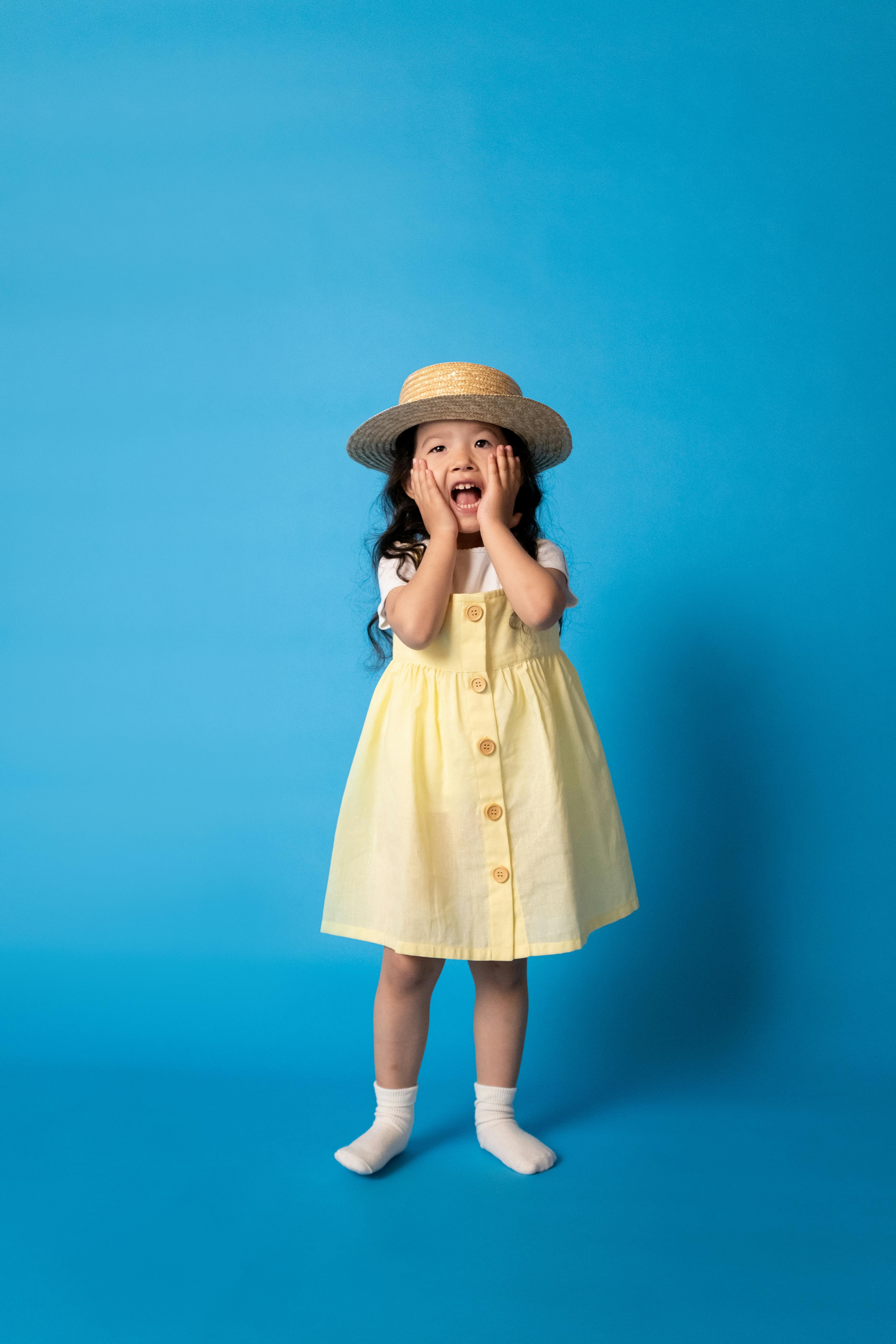Asian ceremony customs dating indian women are intricate and diverse. The region’s vibrant cultures deserve praise for their uniqueness. The most significant traditions, rituals, and festivities that are prevalent in Asiatic relationships are discussed in this article.
The couple’s family pays a visit to the bride one week before the ceremony and brings various gifts in dark baskets or boxes. These include a variety of request gifts that represent wealth and fertility, as well as an appreciation marriage https://www.themanual.com/culture/online-dating-how-to-create-a-winning-profile/ for the woman’s parents for raising their girl.
Both families set a time for the ceremony once the ritual and marriage payments have been paid. The day following the full moon is typically chosen by the females’ family because it is thought to be the luckiest time.

The bride and groom both dress in traditional Asian attire on the great time. The bride wears a stunning sari ( saree ) or salwar kameez ( long dress with wide pleats at the bottom ), choora, kalira ( gold or silver jewelry tied to the bangles ), mangalsutra ( a gold necklace with black beads ), and sindoor (vermilion mark on forehead ). The bridegroom is dressed in a sherwani, turban, and dhoti shirt, also known as pyjamas.
The ceremony is held beneath a drawing that has been lavishly embellished with blossoms and draped cloth. The partners is seated next to their parents and other close family members. Writings are sung by two artists, and they teach the pair how to coexist as husband and wife while also conveying metaphysical principles. A fortunate woman trims the bride or groom’s hair four times with cypress leaves after the poems are sung. The audio played during the entire service is by Shehnai and Dhol.
